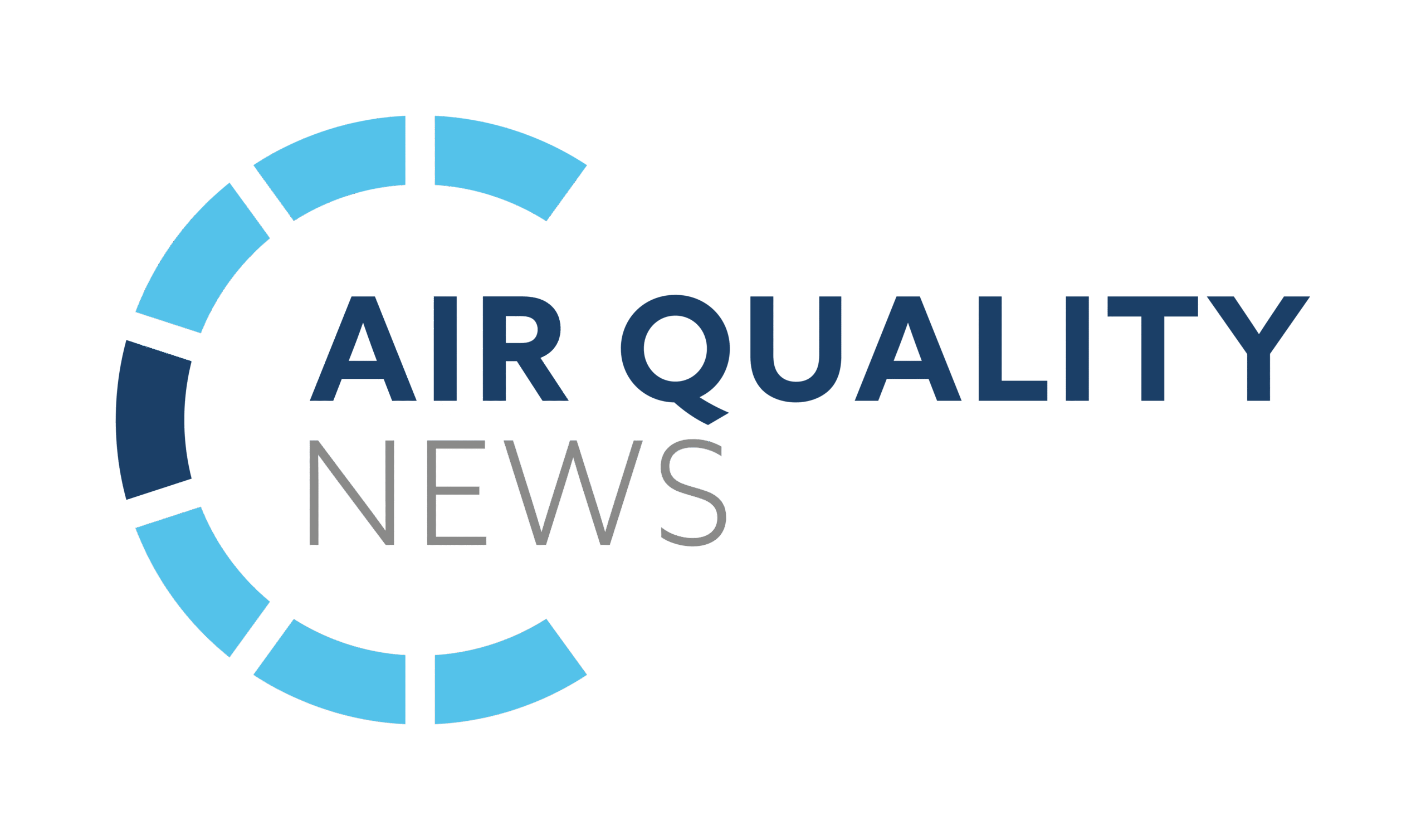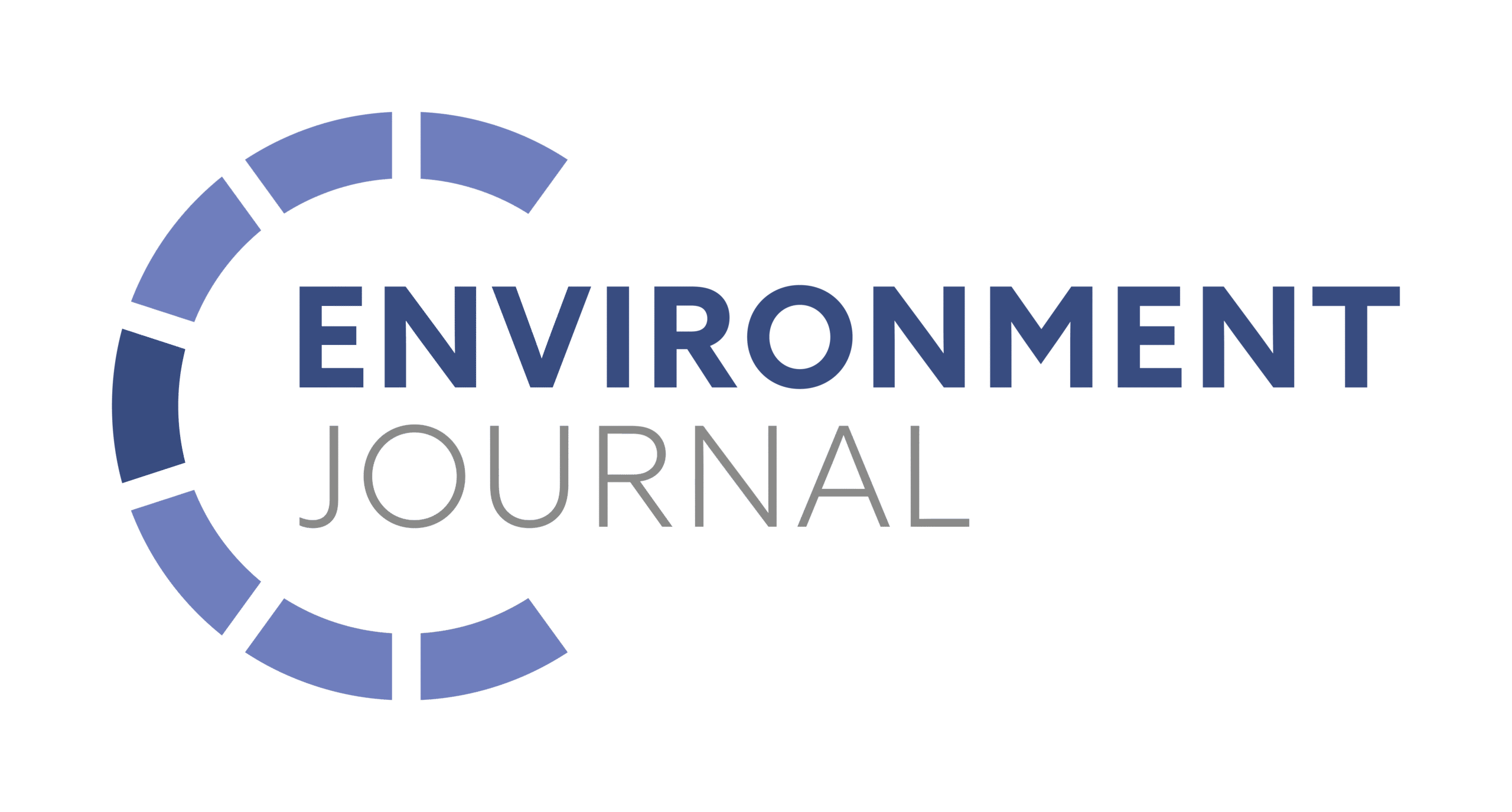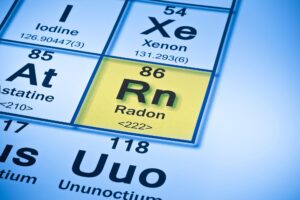A new study has revealed that ships moving through shallow waters may be unintentionally releasing large amounts of methane into the atmosphere, not from their engines, but from the seafloor beneath them.
While methane emissions from shipping is extremely problematic, in this instance the ships are only indirectly to blame, according to researchers from Chalmers University of Technology in Sweden.

They discovered that methane emissions in busy shipping lanes can be up to twenty times higher than in nearby undisturbed waters. However, these emissions are caused by the physical disturbance that large vessels create as they pass over shallow, methane-rich seabeds.
In certain coastal areas and ports, the seabed contains oxygen-poor sediments filled with decomposing organic matter which leads to the formation of methane. When a ship passes over, it can create pressure changes and turbulence that disturb the sediment, allowing methane bubbles to escape from the seabed.
The mixing that occurs in the wake of the ship then helps the methane rise quickly to the surface, where it escapes into the atmosphere.
This phenomenon was discovered by chance when other measurements where being made in the Neva Bay in the Baltic Sea.
Johan Mellqvist, Professor of Optical Remote Sensing, Chalmers, whose group made the unexpected discovery, explained the significance of this: ‘The discovery of the hitherto unknown impact of ships is important for improving global estimates of methane emissions, not least considering that nine of the world’s ten largest ports are located in waters with similar conditions as Neva Bay.’
The size of the ship isn’t the only factor influencing the methane release. While large cruise and container ships were responsible for many of the strongest emissions, smaller RoPax vessels – ferries that carry both freight and passengers – also triggered substantial releases.
Bulk carriers on the other hand, although physically larger, caused comparatively lower emissions, suggesting that the ship’s design and propulsion systems may play a key role.
Rickard Bensow, Professor of Hydrodynamics, Chalmers, and responsible for the study’s modelling of ship traffic speculated: ‘A possible explanation for the high emissions of RoPax vessels is that they have double propellers.’
The study’s authors now plan to expand their investigation to major ports in Asia and Europe, where similar environmental conditions could mean that methane emissions are being overlooked on a global scale. Their findings point to the urgent need to rethink how we measure greenhouse gas emissions from maritime activity, especially in shallow, heavily trafficked waters.
Ida-Maja Hassellöv, Professor of Maritime Environmental Science, Chalmers, who will lead the follow-up project says: ‘The next step is to estimate how large these effects can be globally. Major ports in China, Singapore, and South Korea, as well as European ports such as Rotterdam, Antwerp, and river systems in Germany, have similar conditions to the Neva Bay. It is very likely that we underestimate methane emissions there as well.’
The full report can be read here
Image: Openverse
















Leave a Reply